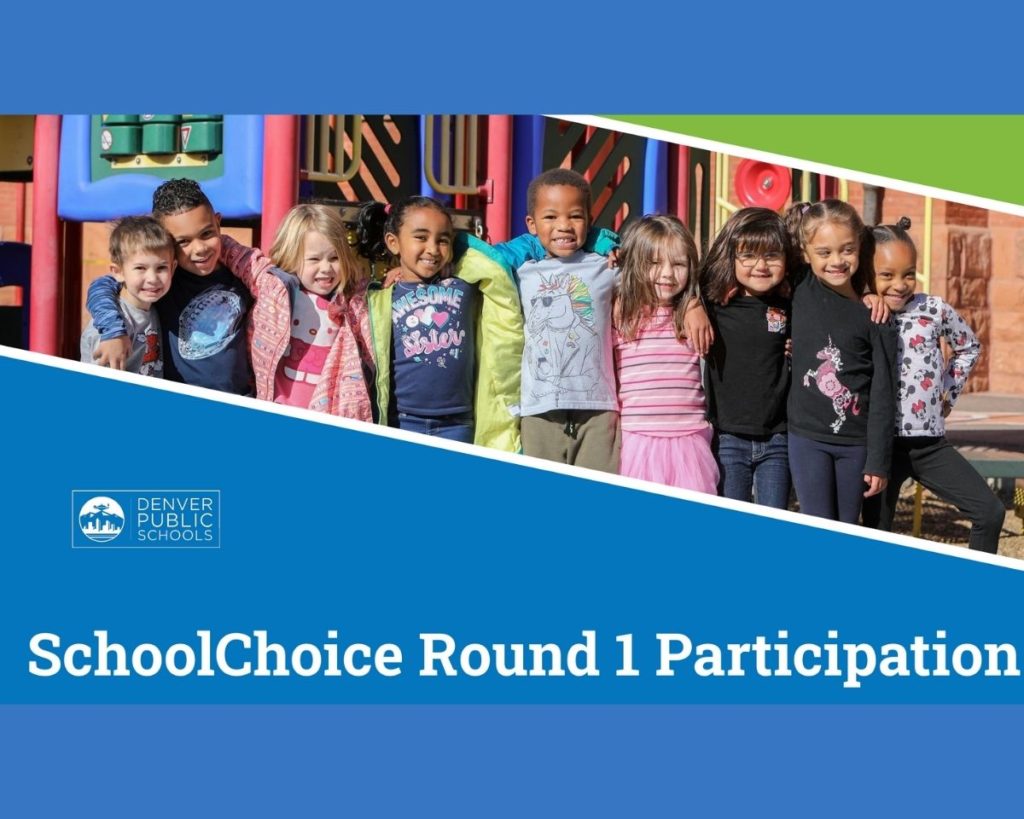Fewer parents of young children are participating this year in Denver Public Schools’ SchoolChoice system, raising questions about possible enrollment declines and an accompanying financial hit to the district.
As of the mid-February round one choice deadline, DPS had seen a 31 percent drop in choice participation at the preschool level, a 26 percent drop for pre-Kindergarten and a 15 percent drop for kindergarten over the previous year, according to data presented by district staff the Board of Education. SchoolChoice is the district’s one application, one deadline system by which families enroll students in any public school in Denver — including charter schools. It is one of the first so-called unified enrollment systems in the country.
During the application window mid-January to mid-February, families rank their top school preferences and submit their Choice application. DPS then matches students to schools based on those preferences, as well as school admission priorities and available space.
The district already experienced an enrollment decline caused primarily by the COVID-19 pandemic among other factors, but a lower number of families choosing schools could indicate another decline is on the way.
Because the February data covers only the first phase of two phases of the school choice process, district representatives say that while it’s concerning, it’s not a clear predictor of an enrollment drop. The hope is that more families will engage and participate in the process during round two, which started April 6th and continues through the start of the new school year in August.
“The students who we expected to return to DPS—those who maybe left for homeschool or for a private option—did not return to DPS (in round one) in as large of numbers as we were expecting,” said DPS director of enrollment and campus planning Liz Mendez. “A significant portion of them are waiting to hear what fall school will look like before they make a decision.”
While decreases in choice applications for round one are mostly at early childhood and kindergarten, they’re also concentrated in the Southwest and Far Northeast regions. Both regions are underrepresented in round one choice applications, according to the district, but both regions in past years have seen more applications come in during the second round.
The data report noted “late arrivals”—applications submitted after the first round—will likely come primarily from families of students of color, as well.
Whether the effects of the pandemic or a new-found appeal of homeschool programs or private schools has caused fewer people to actively choose schools, Mendez said, communication is going to be key going forward in boosting school choice participation.
“A lot of families are probably not as connected to their typical information sources if they don’t have a student in DPS,” Mendez said, “so we’re really trying to do a bigger communication effort than usual to try to get back to what we expected.”
The district’s report said schools will not be allowed to reach out during the second round of school choice to K-12 families who were matched in the first round or assigned by default to a boundary school. Schools are allowed to recruit early childhood education students who have not been assigned a school yet.
The district also reported the enrollment drop (specifically in preschool and kindergarten), if not reversed,, could result in up to a $12.5 million budget cut in the short term and possibly a $20 million long-term decrease.
“If there are fewer kids, the state will fund us less,” said Chuck Carpenter, the district’s interim deputy chief financial officer. He cited the pandemic as one reason people may have been hesitant to enroll in DPS, but he also said he hopes the increased availability of COVID-19 vaccines can help foster public trust, leading students who have not yet enrolled to do so.
“There are substantial resources that have been provided from the federal government to reopen school,” Carpenter said. Colorado has received over $600 million from the federal Elementary and Secondary School Relief funds and over $90 million from the Governor’s Emergency Education Relief Fund.
“So we’re going to do everything we can to have robust classrooms [and] fully staffed schools. We’re going to be ready for the kids when they come back in the fall.”




